Find out more about The Open University's Education and Early Years courses and qualifications.
Human nature
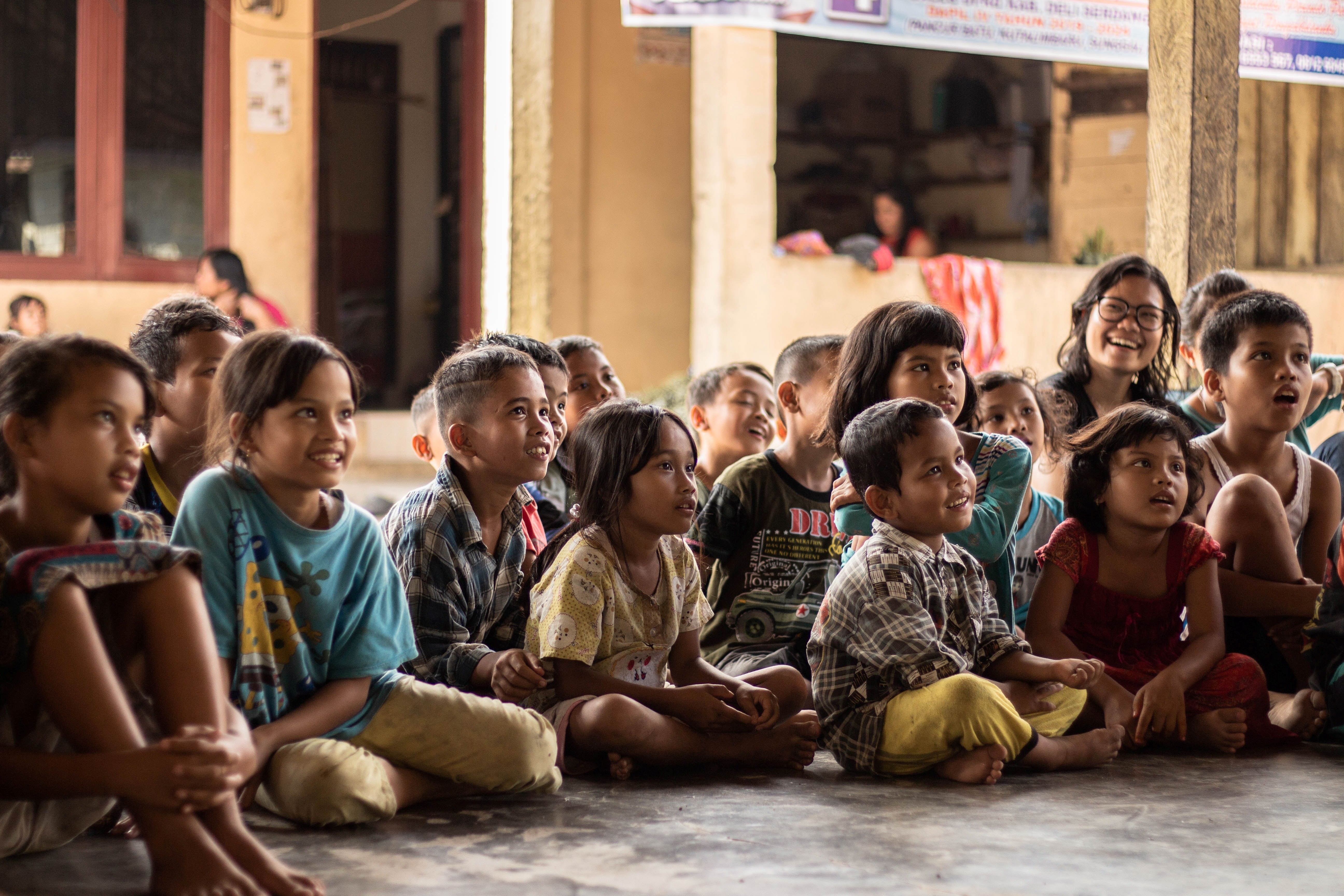 Humans are not the strongest, fastest, or fiercest of creatures. And yet, put a group of us together and we have been able to inhabit every continent; develop science, law, art and medicine. The rise to our current position of influence is hard to imagine were we not able to share our thoughts and work together with this thing we call language – the powerful mind-manipulation tool that I am using right now to get these ideas from my head to yours without the need for surgery.
Humans are not the strongest, fastest, or fiercest of creatures. And yet, put a group of us together and we have been able to inhabit every continent; develop science, law, art and medicine. The rise to our current position of influence is hard to imagine were we not able to share our thoughts and work together with this thing we call language – the powerful mind-manipulation tool that I am using right now to get these ideas from my head to yours without the need for surgery.
Despite language being an extraordinarily complex system of sounds, grammar and meaning, children the world over have mastered many of its intricacies by their fifth birthday. By calculating back from the average adolescence’s vocabulary, we estimate a child must be learning about one word every two waking hours from when they begin speaking. Contrast the apparent ease with which children learn language with the effort taken to learn an additional language as an adult and this raises a question: how do children, who are generally thought to be less skilled and knowledgeable than adults, acquire such a complex system at such a young age?
Early learning centre
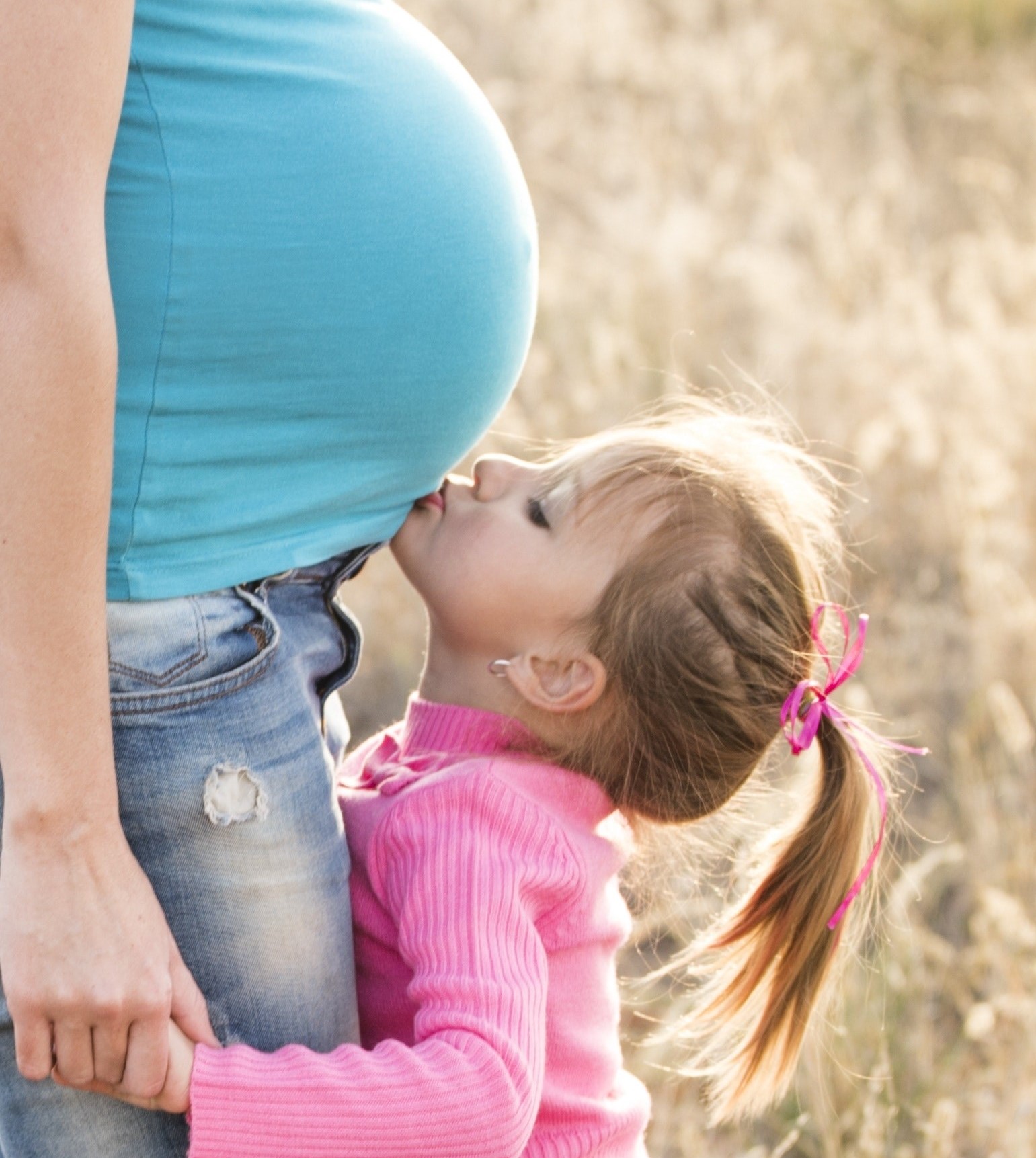 Language learning certainly begins early. At 35 weeks old, babies can already distinguish between different vowel sounds. That is not 35 weeks after birth, but 35 weeks after conception, while they are still inside the womb. By week 37 of pregnancy, prenatal babies not only show a preference to listen to their mother’s voice, but towards any speaker of their native language. Once born, infants continue the process of homing in on their target language, for example, many studies have shown that young infants can distinguish a wider range of sounds than is present in their native language, but they lose this ability somewhere between six and twelve months of age.
Language learning certainly begins early. At 35 weeks old, babies can already distinguish between different vowel sounds. That is not 35 weeks after birth, but 35 weeks after conception, while they are still inside the womb. By week 37 of pregnancy, prenatal babies not only show a preference to listen to their mother’s voice, but towards any speaker of their native language. Once born, infants continue the process of homing in on their target language, for example, many studies have shown that young infants can distinguish a wider range of sounds than is present in their native language, but they lose this ability somewhere between six and twelve months of age.
Children just copy the language they hear around them, right? What is the big deal?
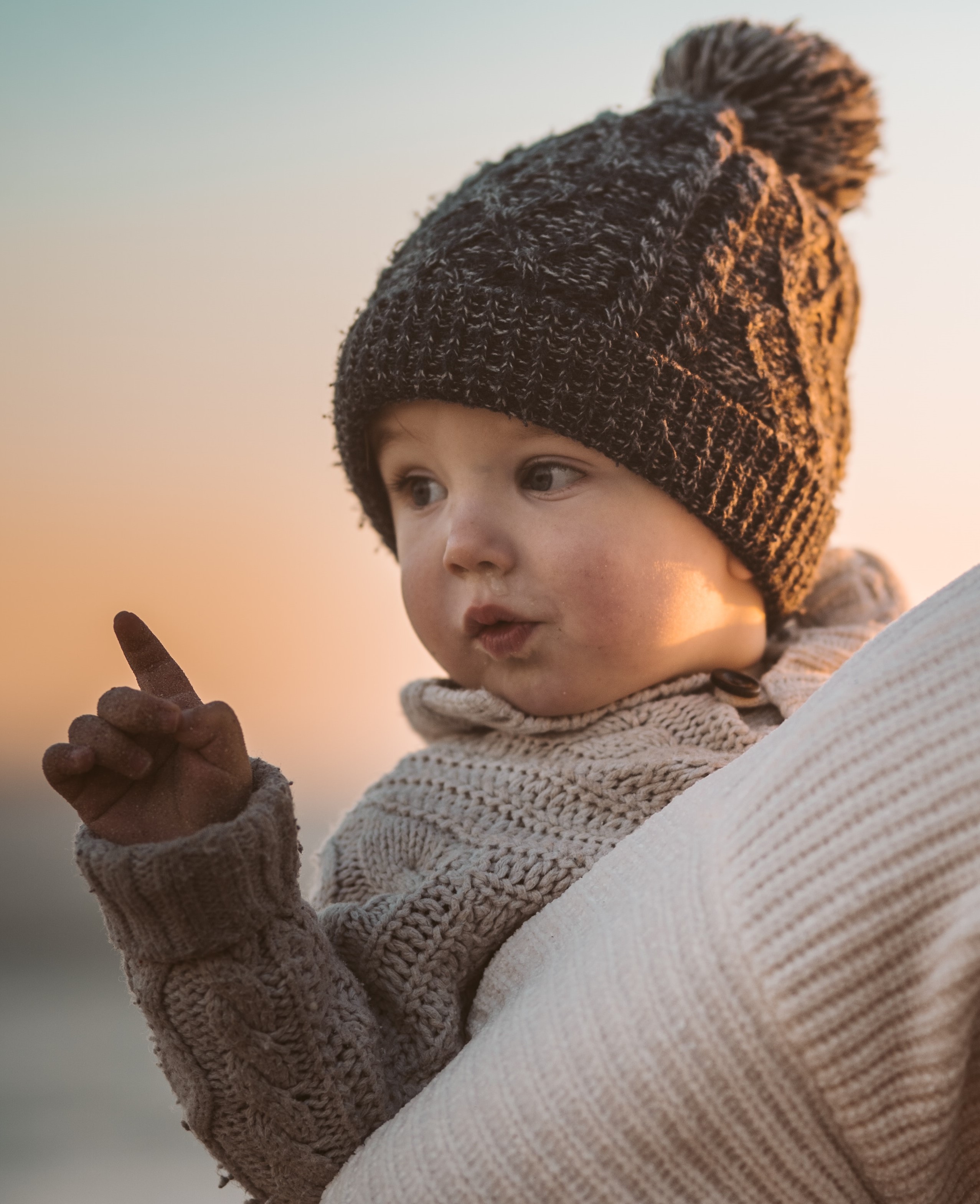 Children do imitate what’s around them, but, very importantly, they do more than that. They are not passive recipients of content, but active participants in constructing language with the people around them. We know this because they say things they don’t hear adults say. For example, English-speaking children might occasionally say ‘that go there’ instead of the adult ‘that goes there’. In Dutch ‘Mama ijs eten’ (Mama ice-cream eat) instead of ‘Mama eet ijs’ (Mama eat ice-cream); or in Spanish ‘Jugar al fútbol’ ((He) play football) instead of Juega al fútbol ((He) plays football). There is something that unites these children in the way they are learning, regardless of which language they are learning and this gives us a clue about how they approach the business of acquiring language in general.
Children do imitate what’s around them, but, very importantly, they do more than that. They are not passive recipients of content, but active participants in constructing language with the people around them. We know this because they say things they don’t hear adults say. For example, English-speaking children might occasionally say ‘that go there’ instead of the adult ‘that goes there’. In Dutch ‘Mama ijs eten’ (Mama ice-cream eat) instead of ‘Mama eet ijs’ (Mama eat ice-cream); or in Spanish ‘Jugar al fútbol’ ((He) play football) instead of Juega al fútbol ((He) plays football). There is something that unites these children in the way they are learning, regardless of which language they are learning and this gives us a clue about how they approach the business of acquiring language in general.
More than words
Although the words, meanings and sounds a child needs to learn might have some upper practical limit, the possible ways in which these words can combine – that is the grammar – does not. That doesn’t mean anything goes in grammar; there are rules, but within those rules, grammar can make infinite use out of a finite vocabulary. You can see this creative power in action when grammar nests one idea within another, as in ‘John thinks, that Mary knows, how people suspected, his sister saw...’. A combinatorial grammar like this, has the potential to generate infinite well-formed sentences. A child doesn’t have an infinite amount of time to learn them, so they have to generalise and make predictions about the rules governing the bigger picture. Describing a process that can ensure children generalise the grammar that adults use, has been one of the toughest challenges for scientists who study this and there is still no consensus on a complete answer.
Why does any of this matter?
What makes language special is part of what makes us special, so in that sense, understanding what language is made of and how we learn it brings us closer to our human nature. These questions are also not just of theoretical interest. Understanding what language is and how it works, has consequences for treating language disorders: if we want to change something for the better, it helps to understand it first. Also, if we want to teach better, as is the case with formal language education in schools and universities, then it helps to understand the natural biases and blind spots evolution has written into our language-learning psychology.
Summary
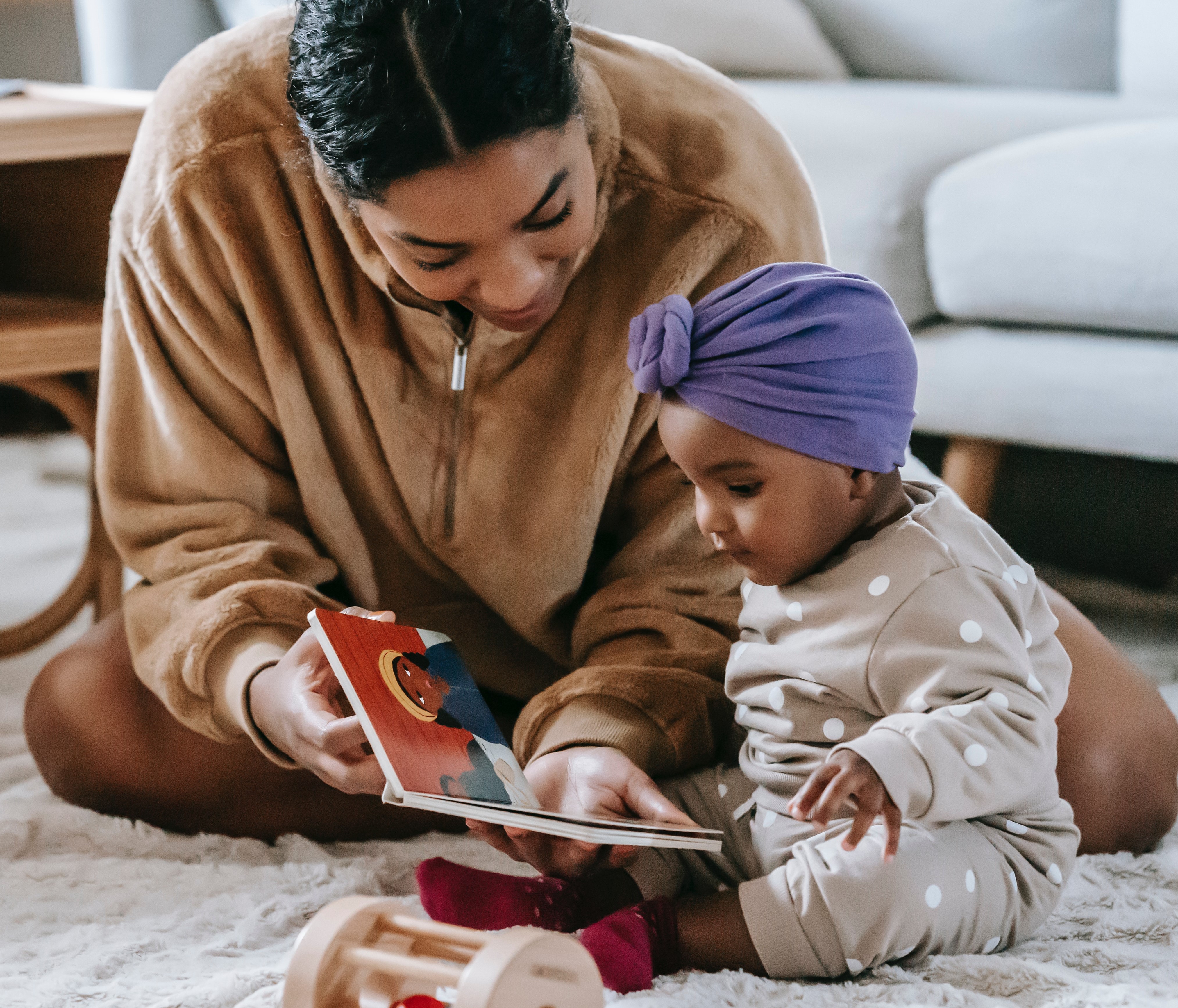 All over the world children are taking part in an incredible human journey; from becoming sensitive to language before birth, to the time they string their first words together; from when they use language playfully, to when they tell stories, hold conversations, and share complex ideas. It is a remarkable skill that they will carry with them for the rest of their lives and is part of the normal development of only one in 8.7 million species. It gives children the power to express their immediate desires, share their regrets of the past and their plans for the future. The basic nuts-and-bolts of all these abilities are acquired in under 2,000 days with a large proportion of that time spent asleep…and we are still trying to work out exactly how they do it.
All over the world children are taking part in an incredible human journey; from becoming sensitive to language before birth, to the time they string their first words together; from when they use language playfully, to when they tell stories, hold conversations, and share complex ideas. It is a remarkable skill that they will carry with them for the rest of their lives and is part of the normal development of only one in 8.7 million species. It gives children the power to express their immediate desires, share their regrets of the past and their plans for the future. The basic nuts-and-bolts of all these abilities are acquired in under 2,000 days with a large proportion of that time spent asleep…and we are still trying to work out exactly how they do it.
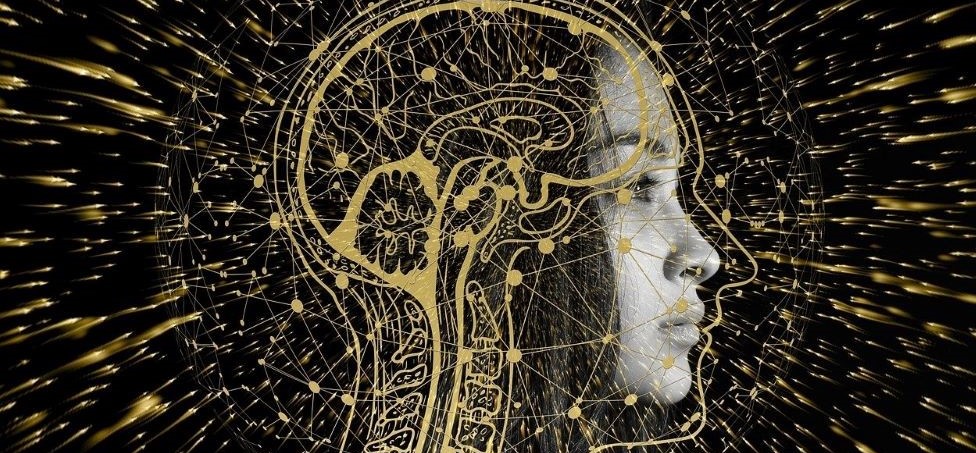



Rate and Review
Rate this article
Review this article
Log into OpenLearn to leave reviews and join in the conversation.
Article reviews